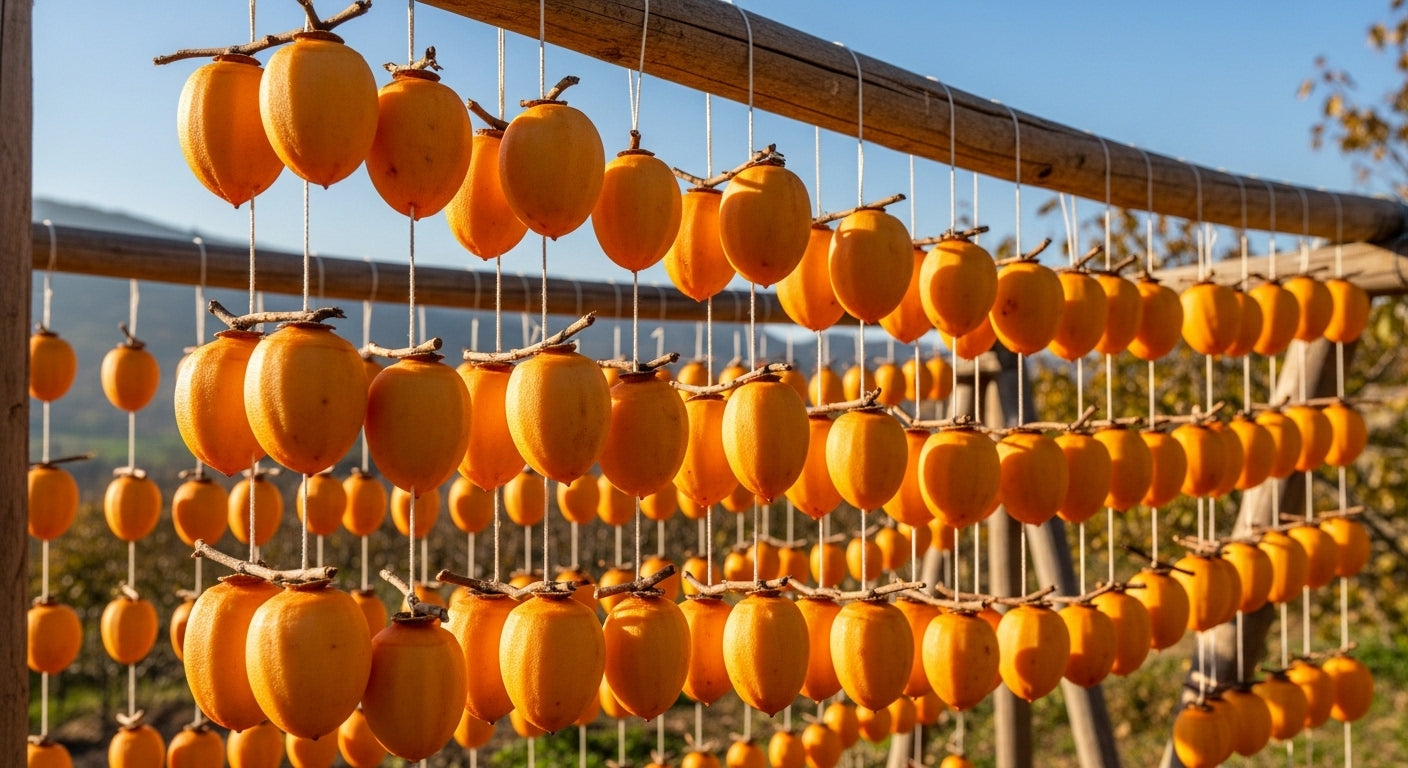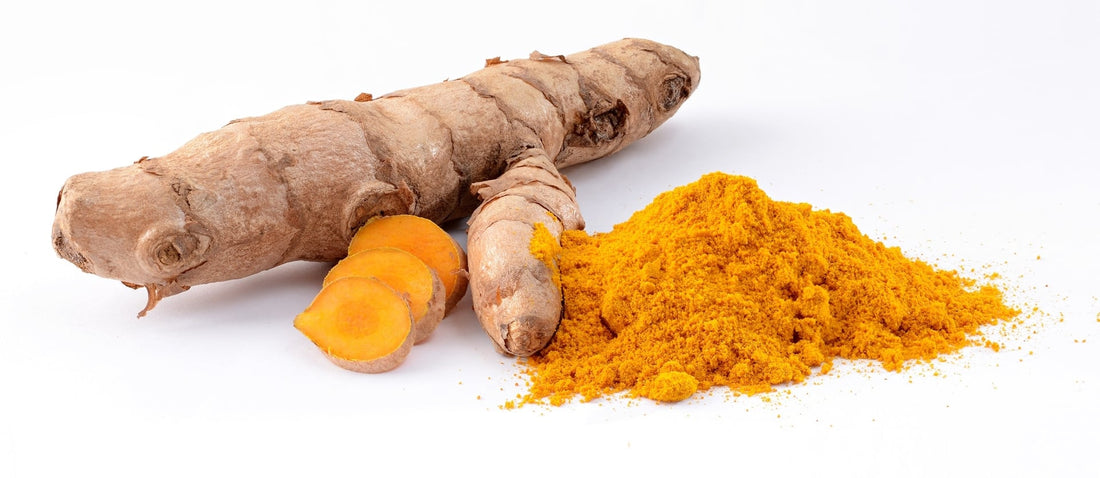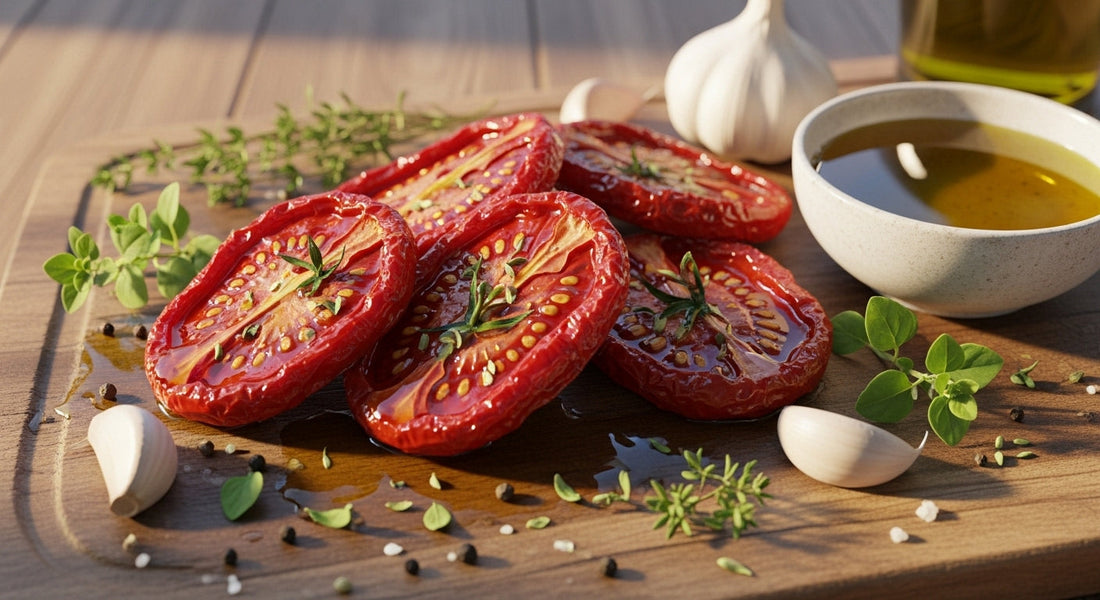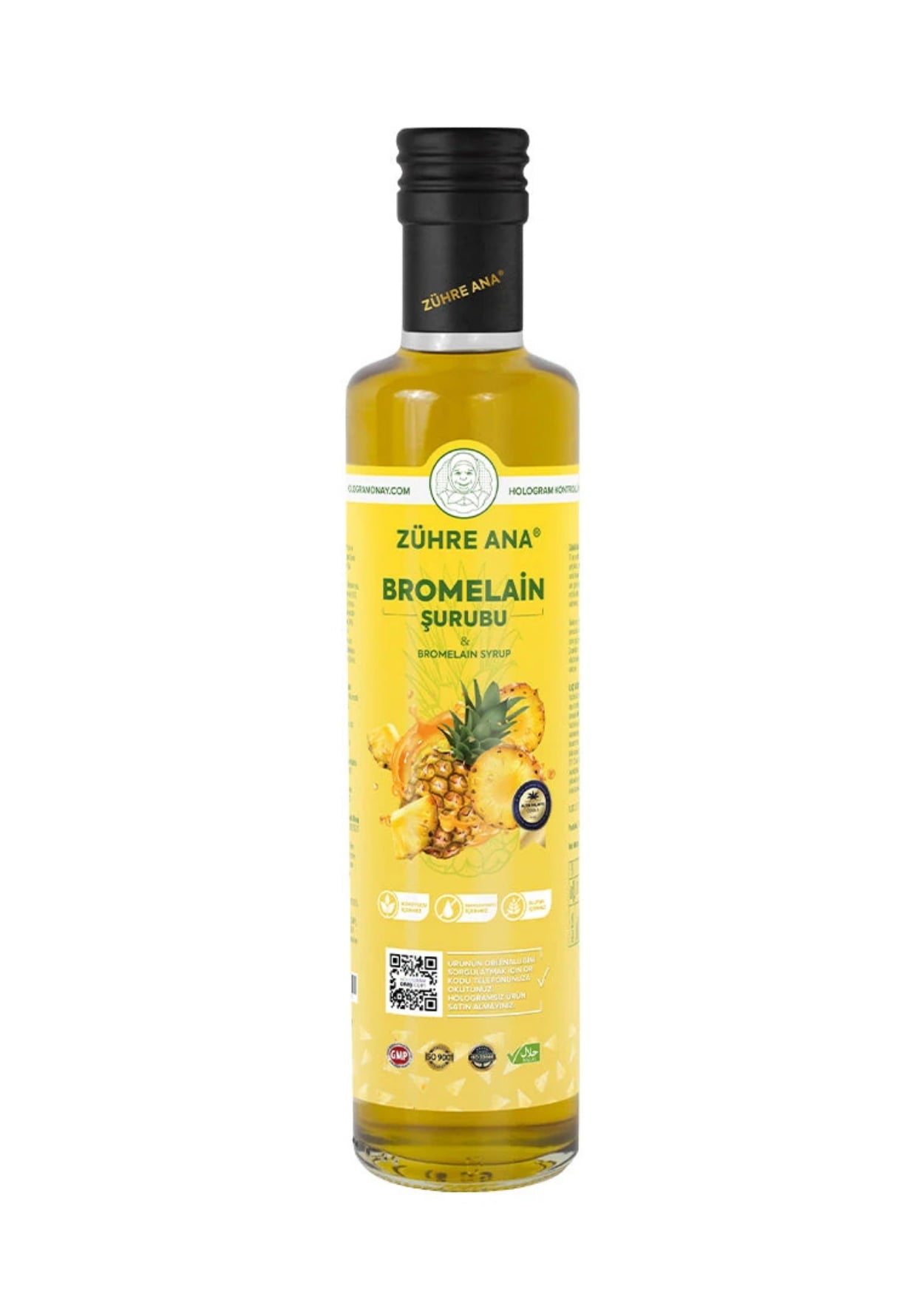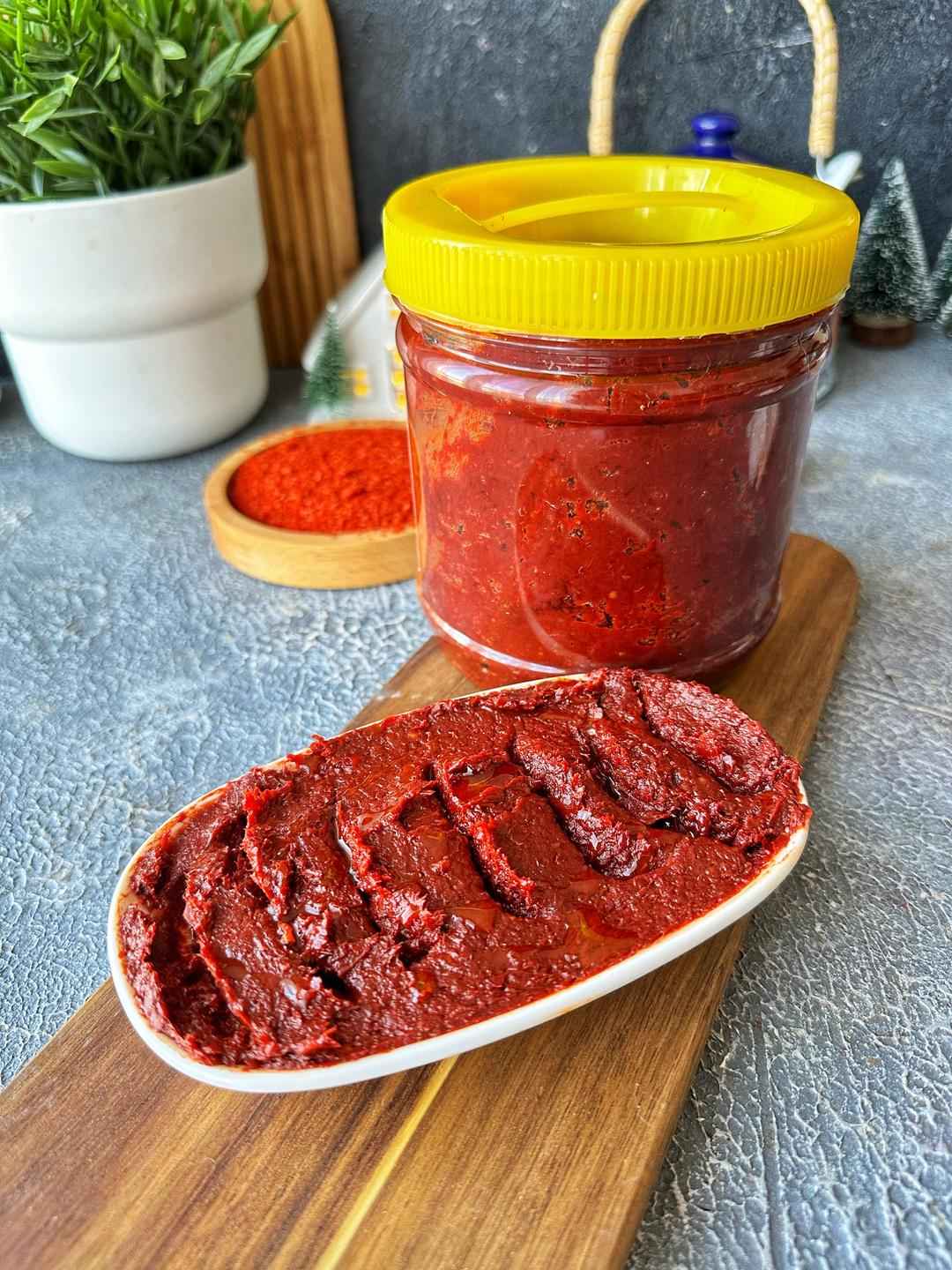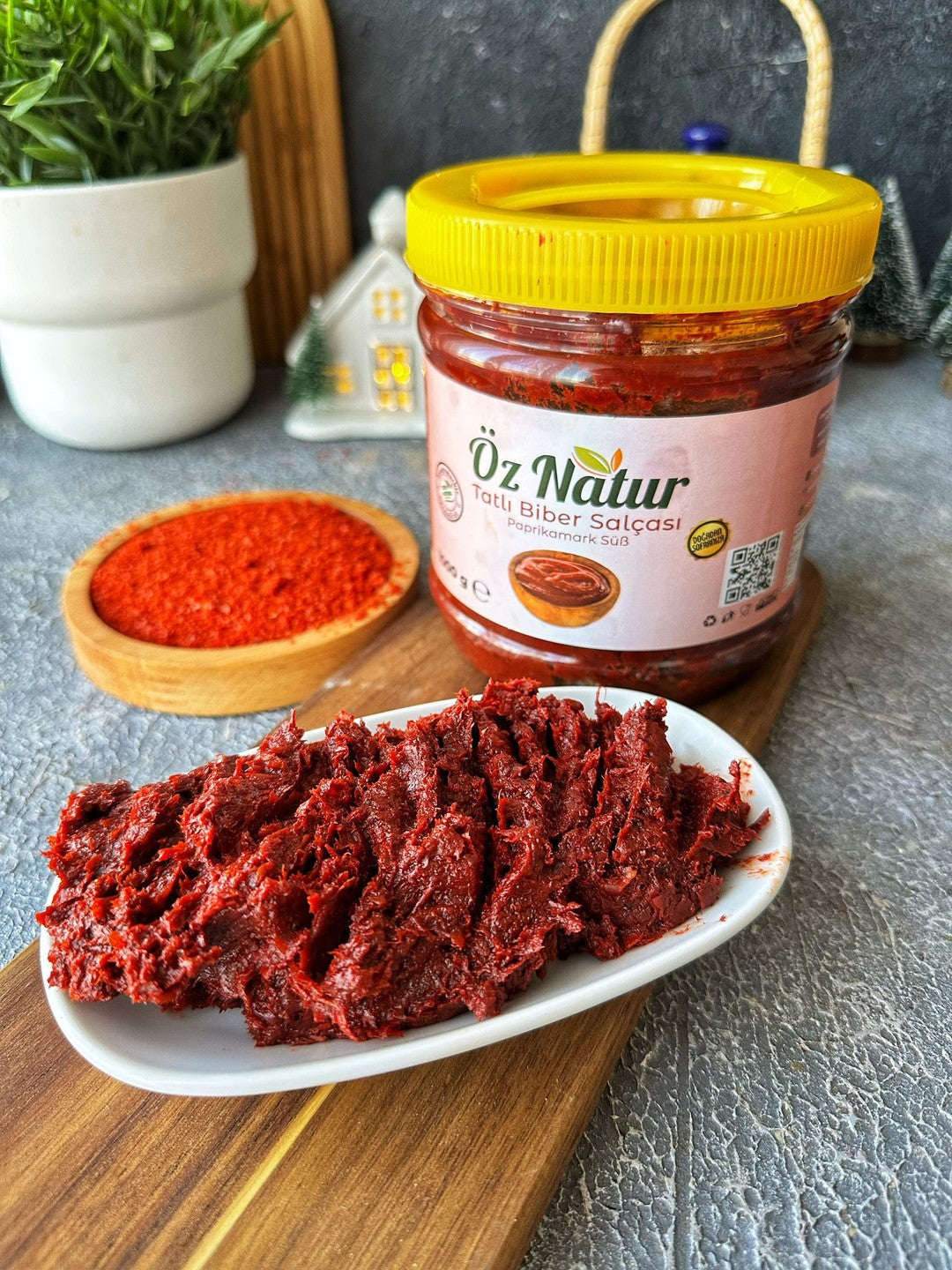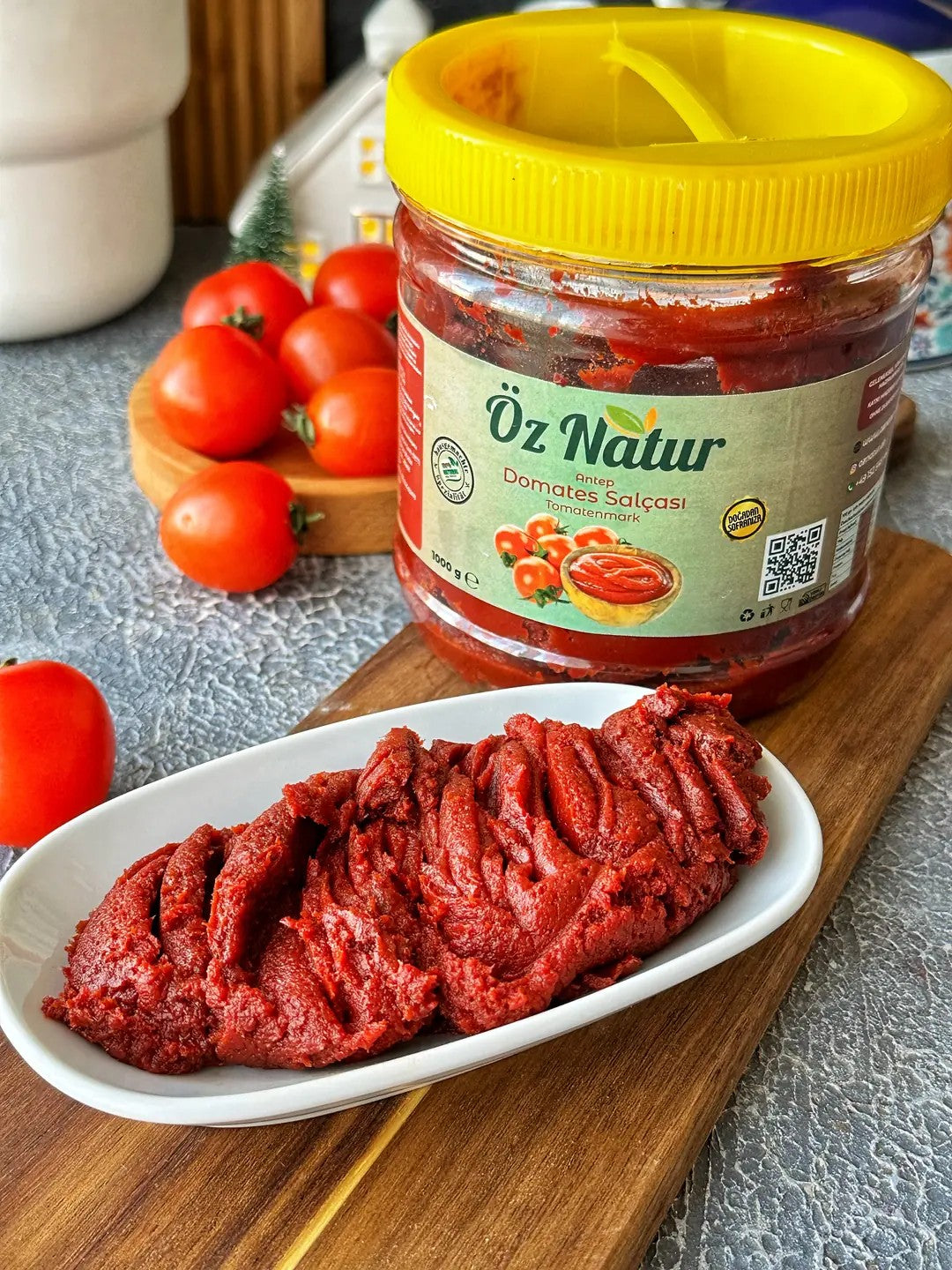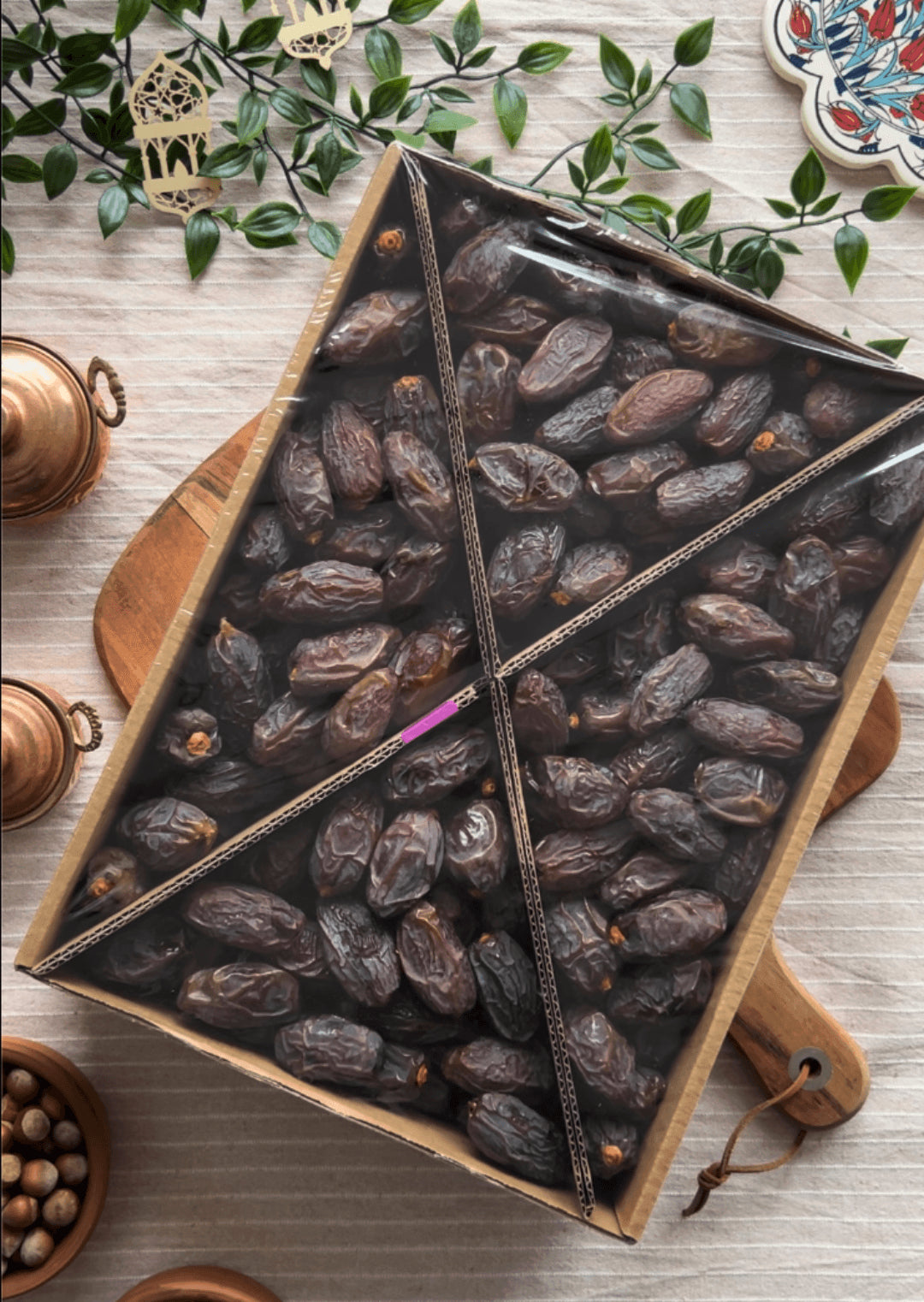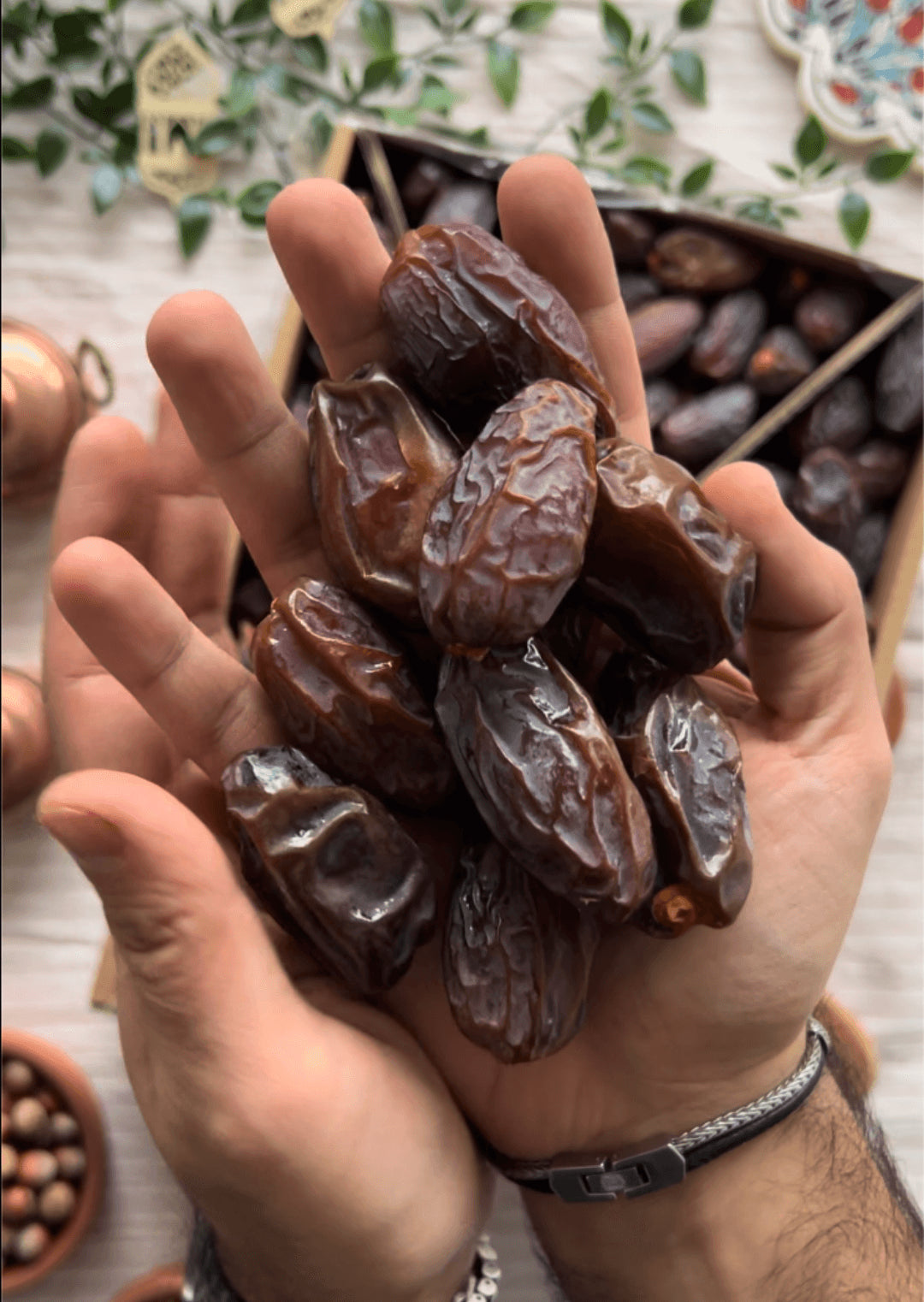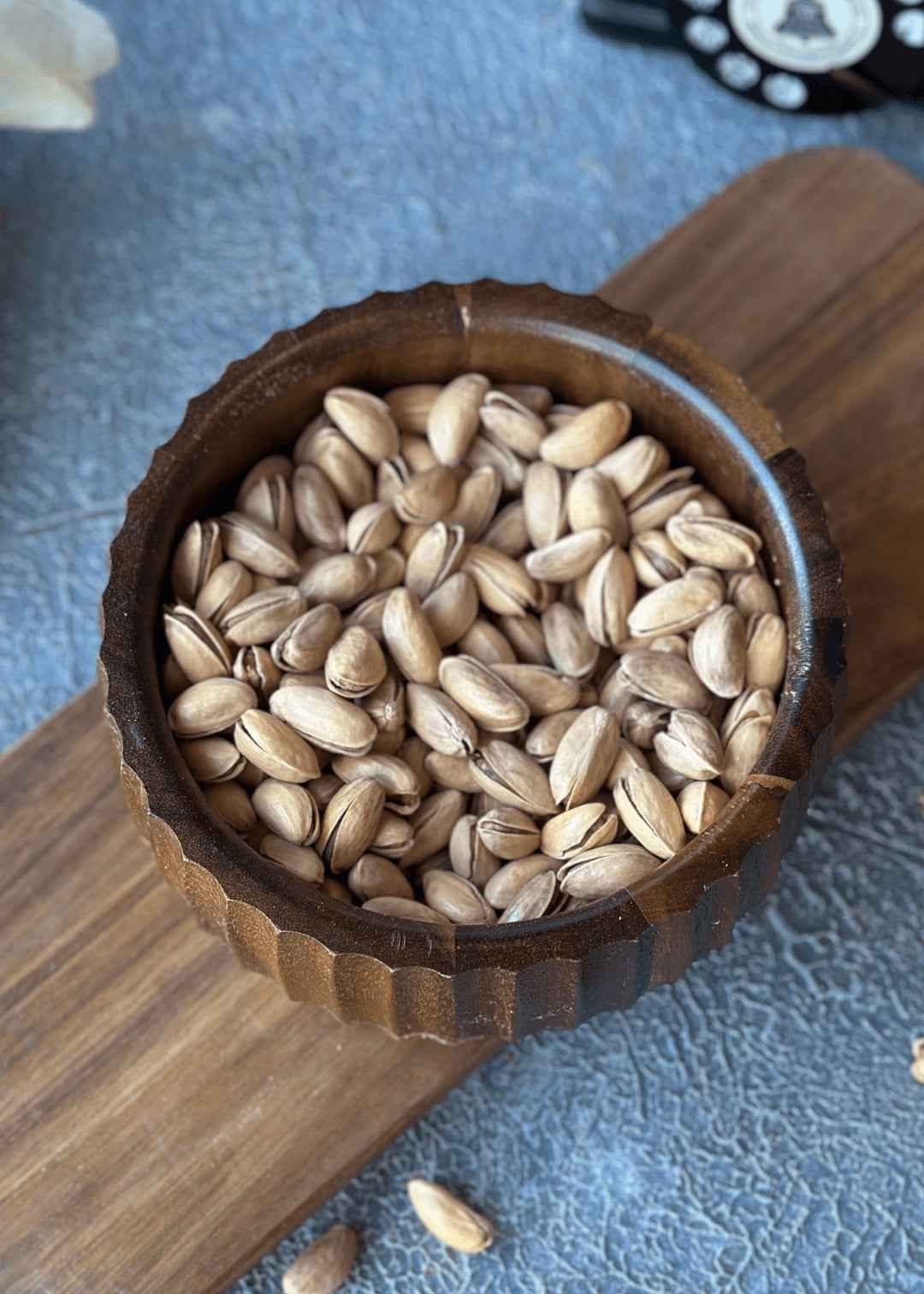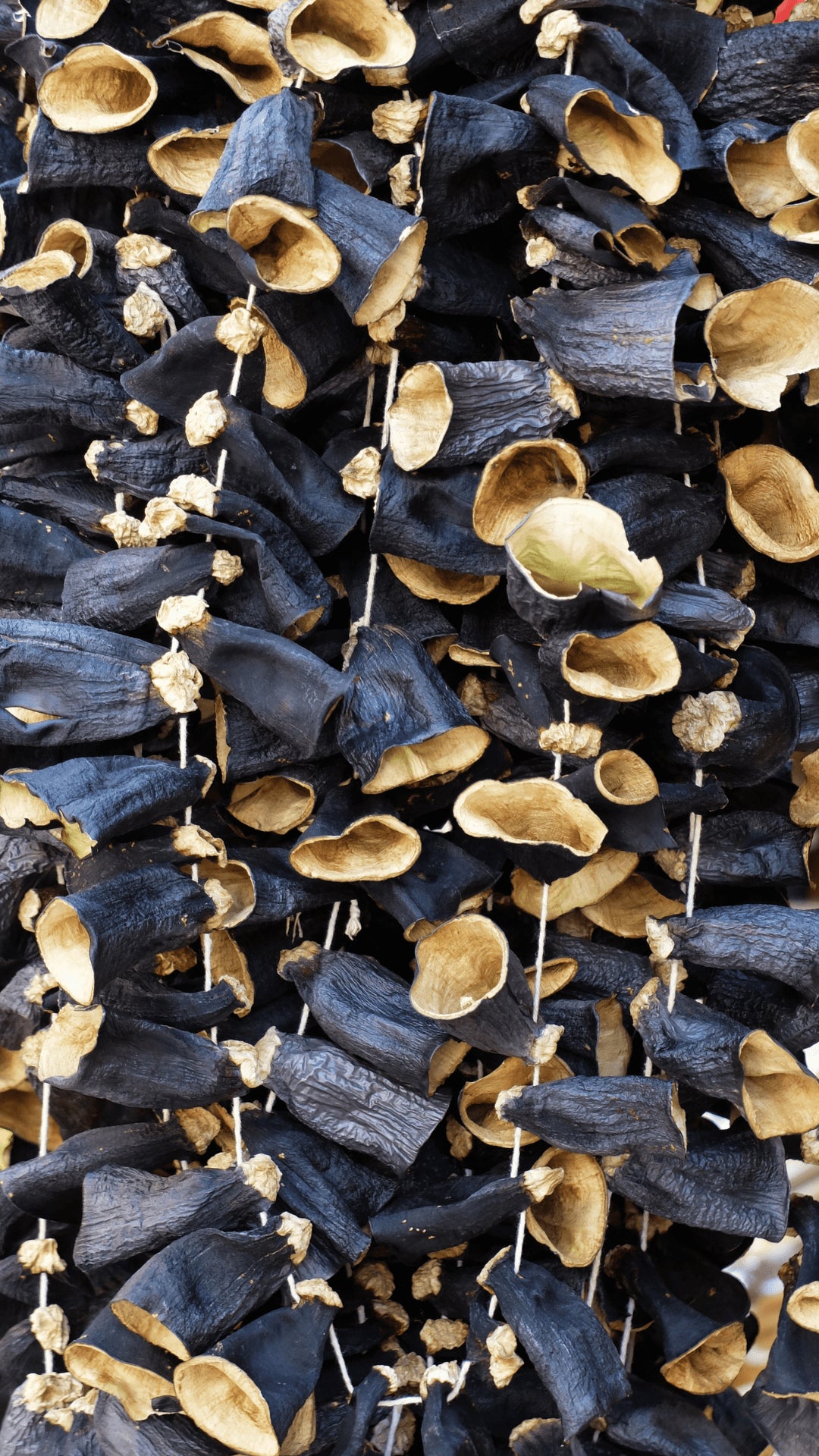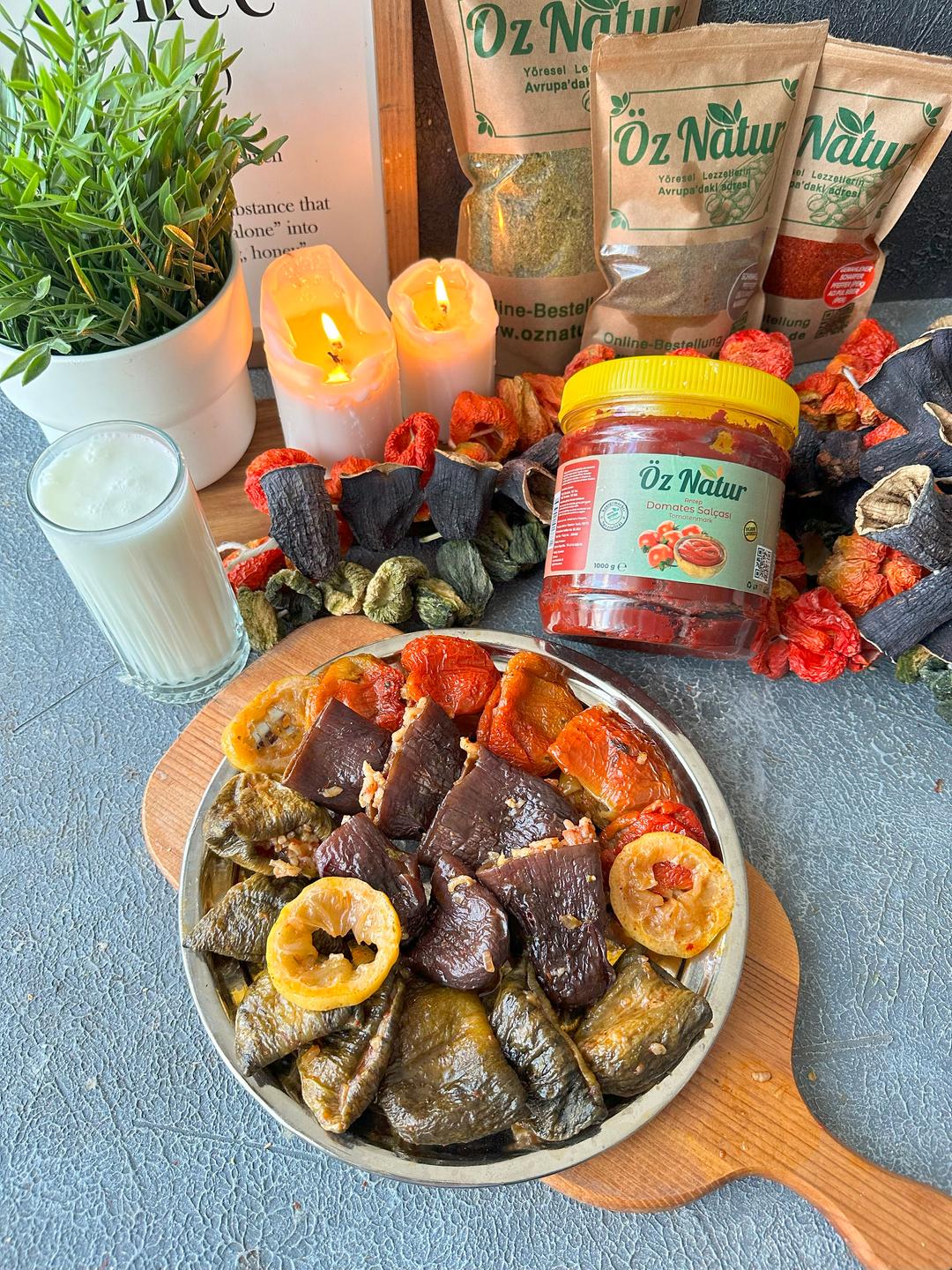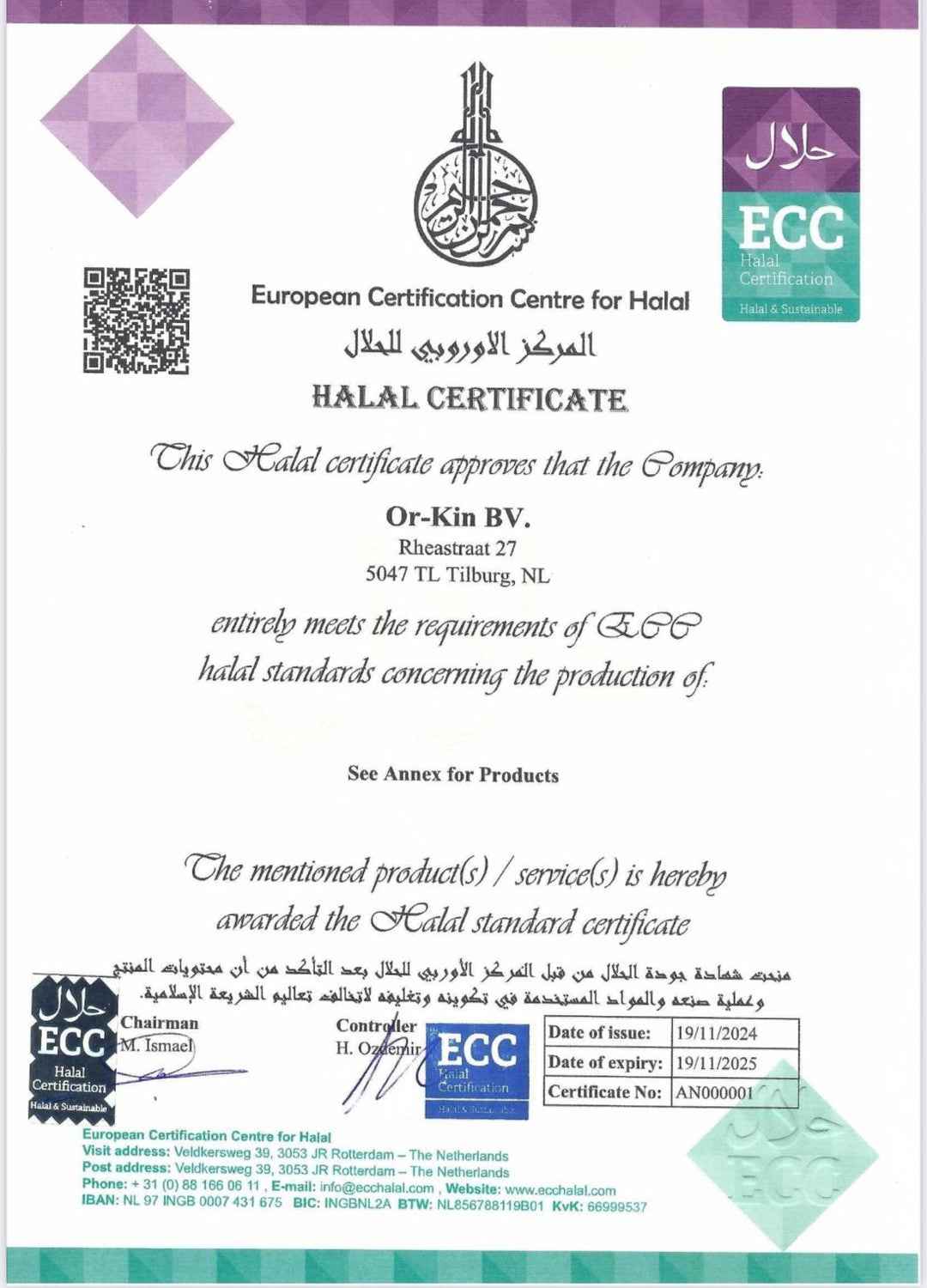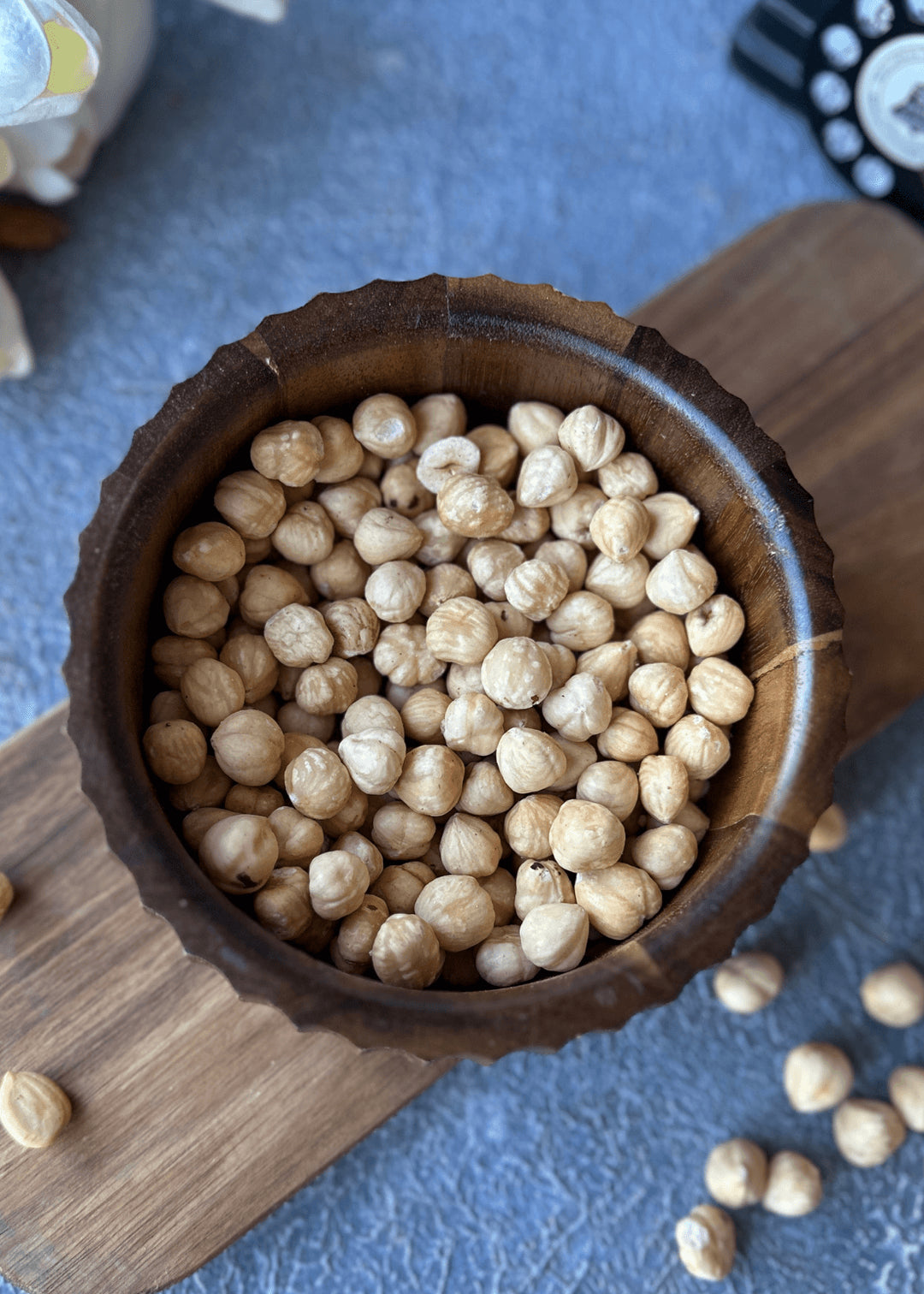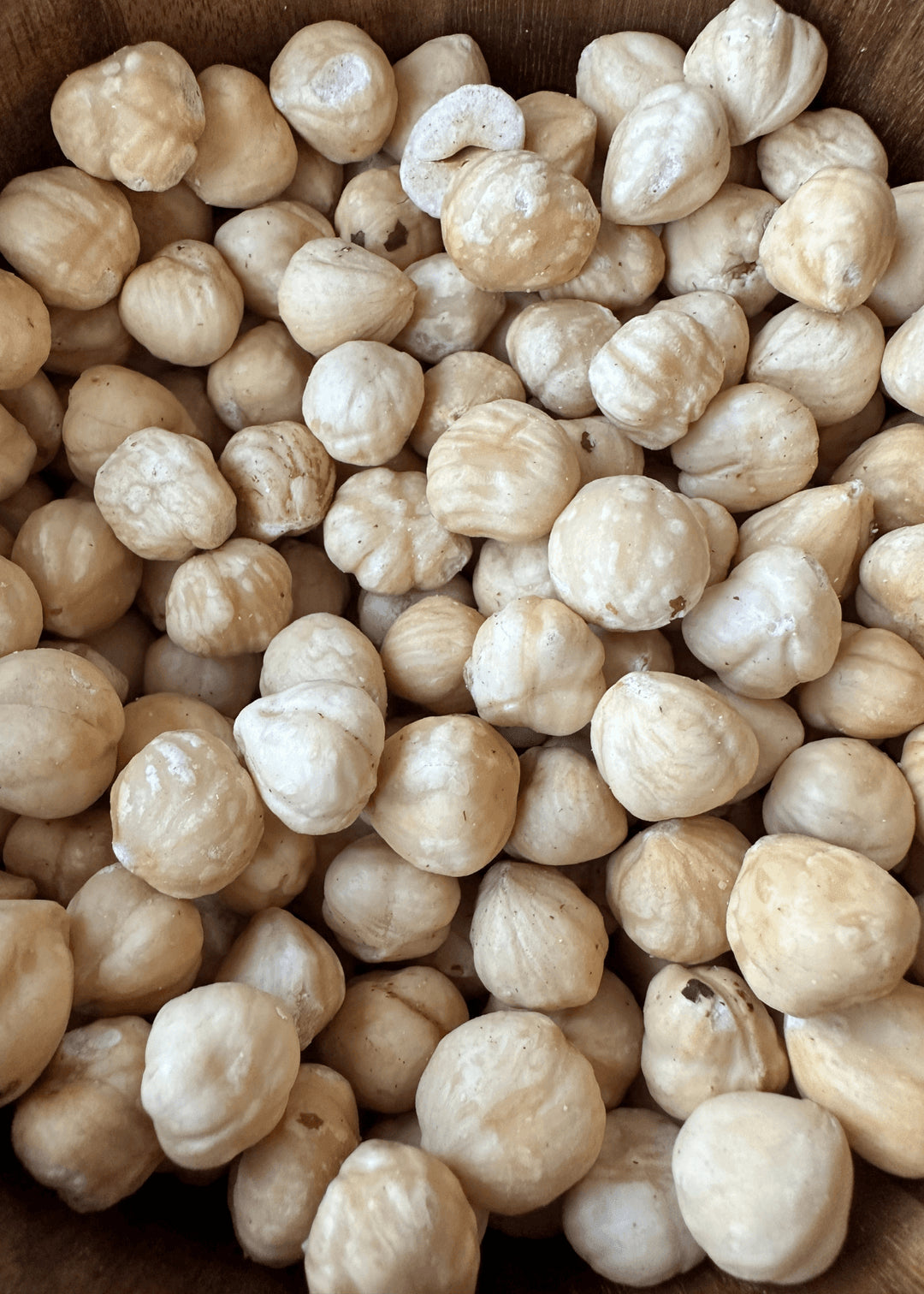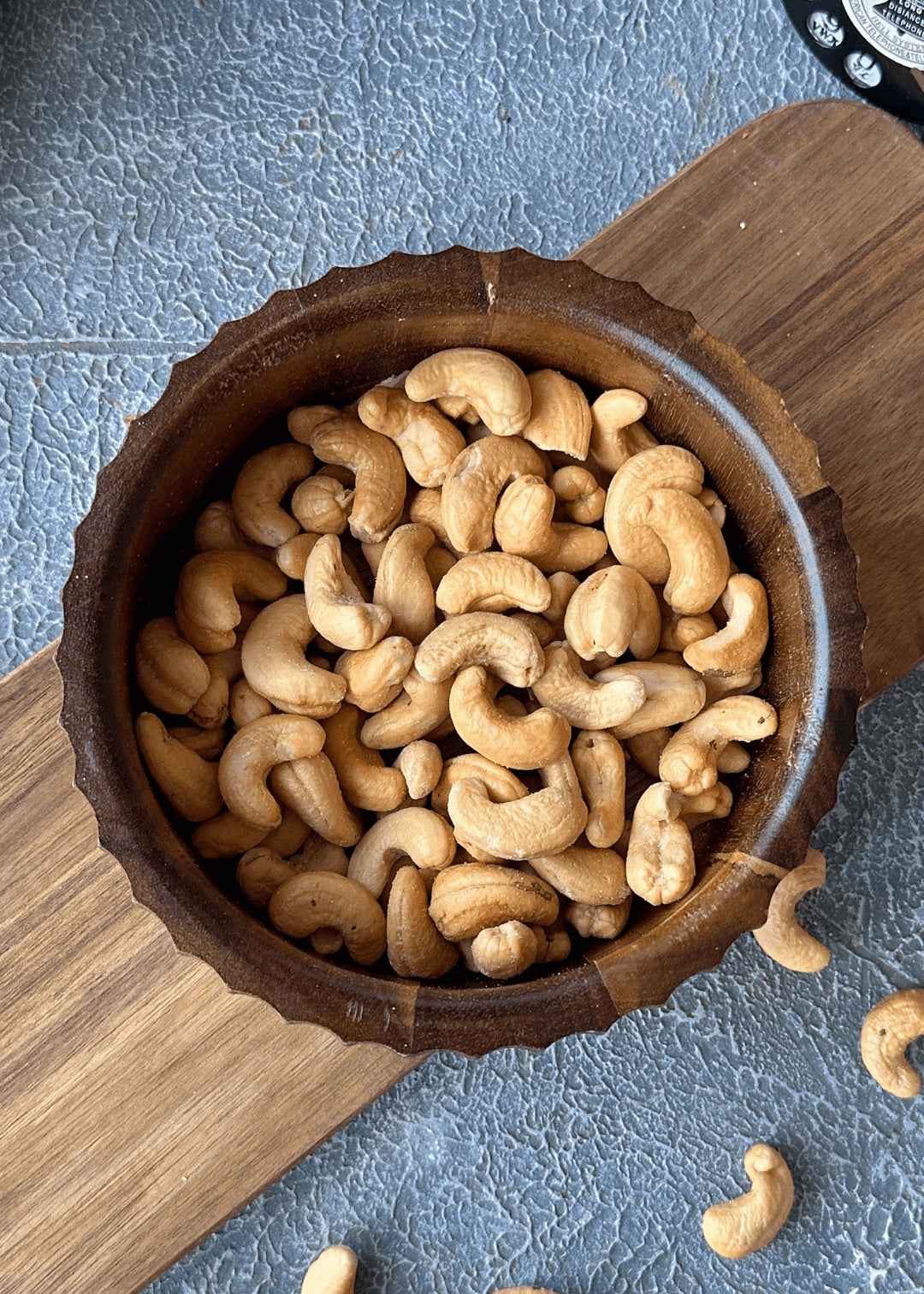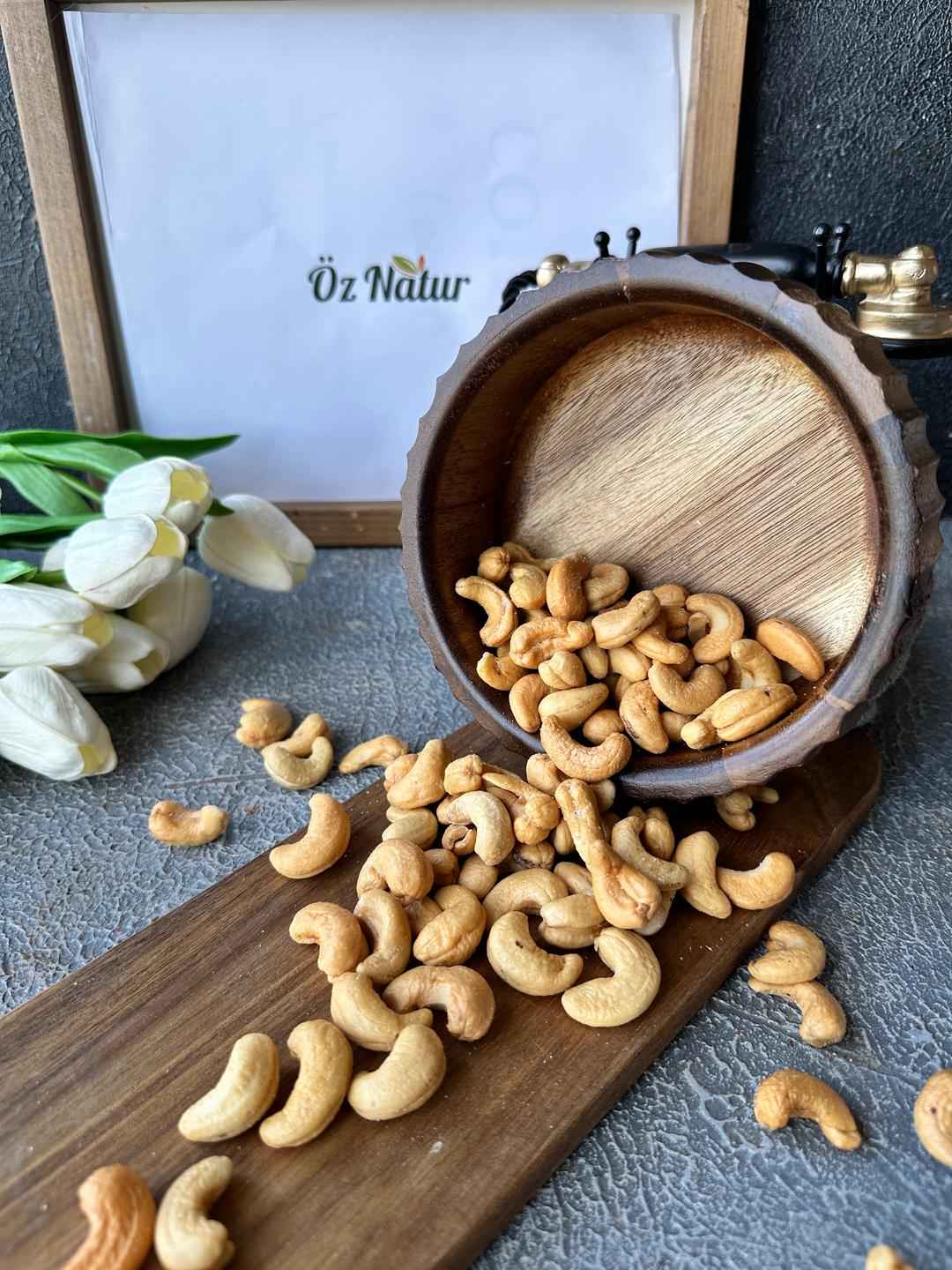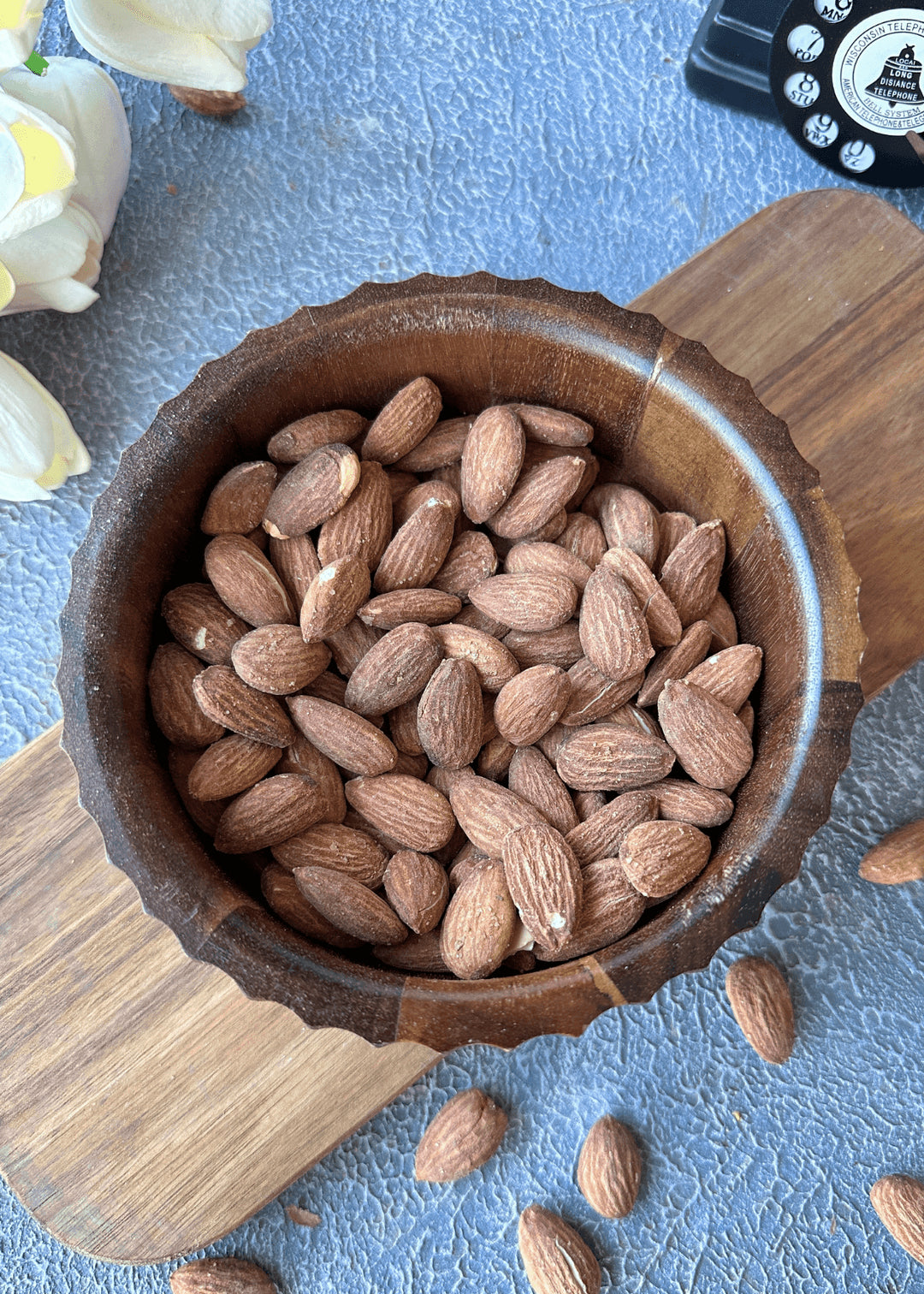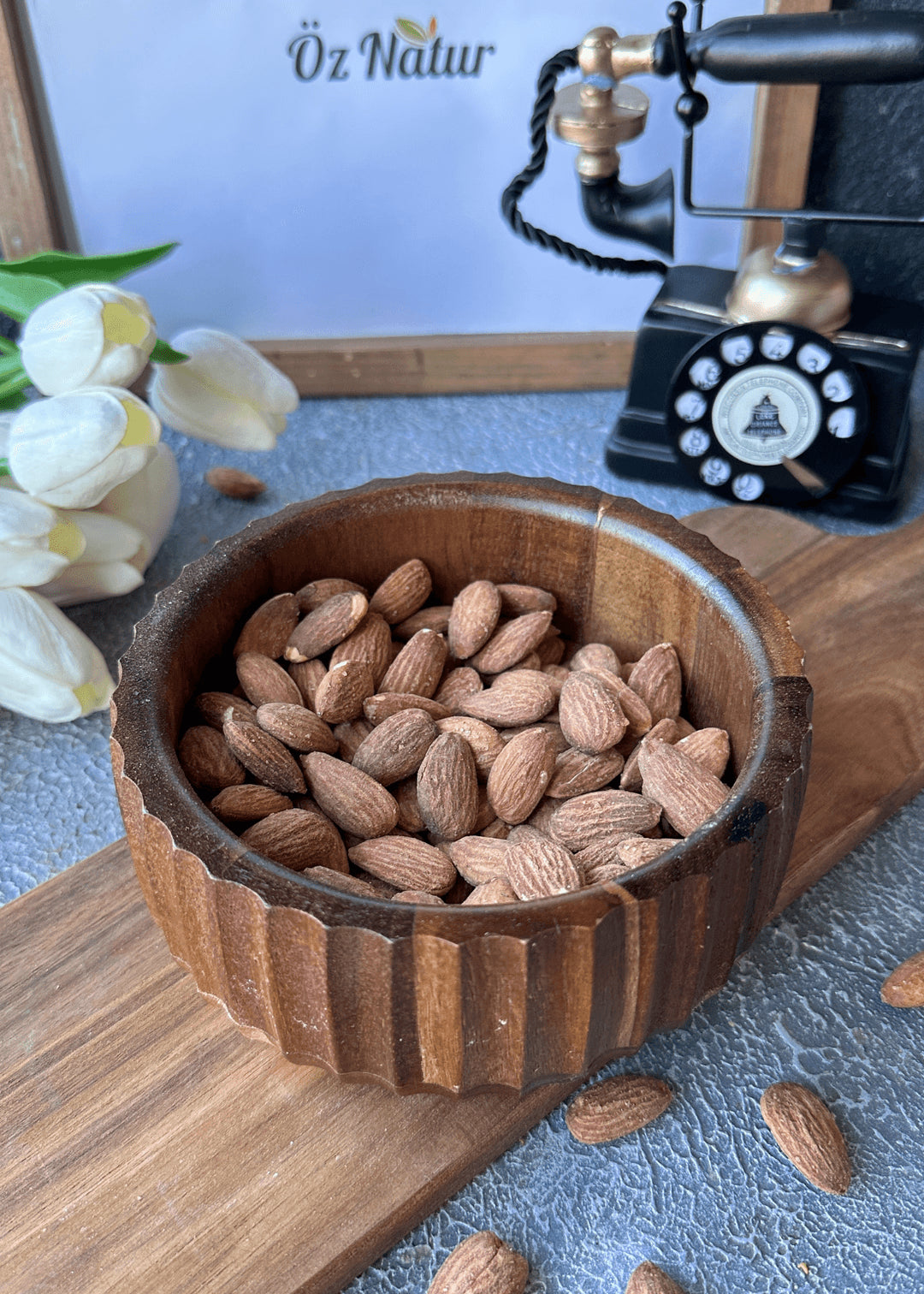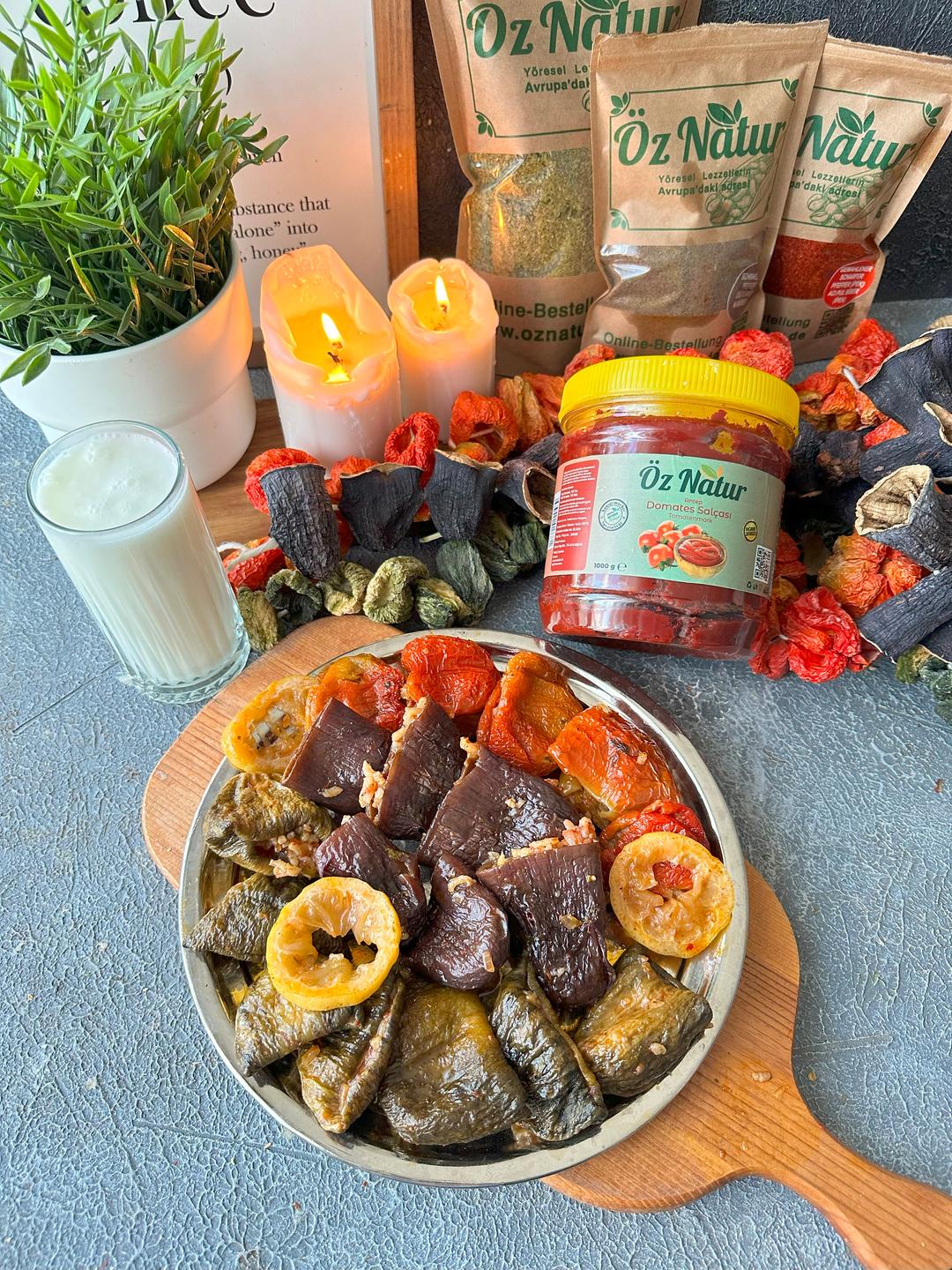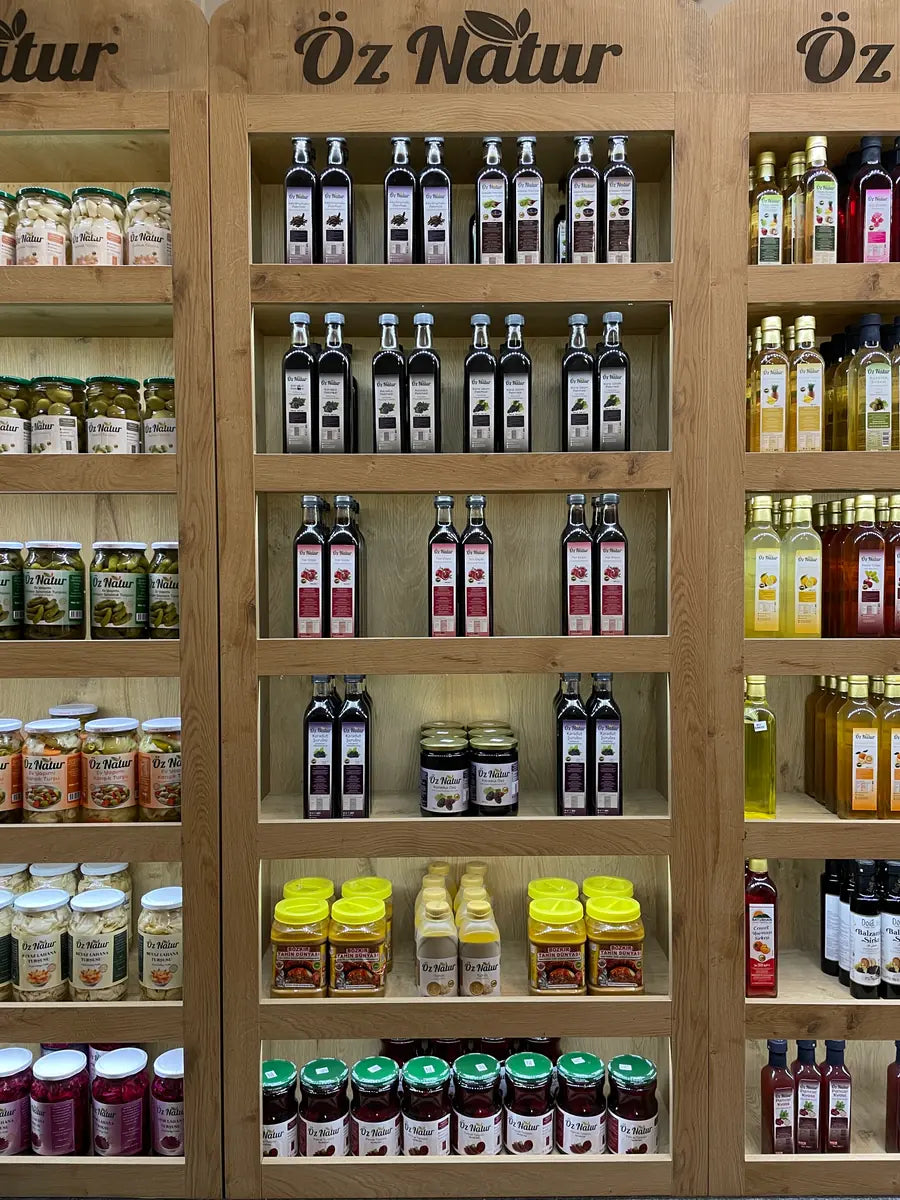Drying persimmons is a time-honoured process that transforms the fruit into a long-lasting and flavourful treat. The process begins by selecting ripe, firm fruits that are free from bruises or damage. Once harvested, the persimmons are carefully peeled to ensure that the drying process proceeds evenly. The traditional method involves hanging the fruits in a well-ventilated area with direct sunlight, where they are left to dry for several weeks. During this time, the sugars naturally concentrate, giving the dried persimmons their distinctive sweet taste and chewy texture.
Another popular method is oven drying. In this technique, peeled persimmons are sliced thinly and placed on trays in a low-temperature oven. This controlled drying ensures uniform dehydration and helps preserve the fruit's colour and nutrients. The process typically takes several hours, depending on slice thickness and oven settings. Although this method is faster than sun-drying, it may result in a slightly different texture and taste.
Some people prefer to use food dehydrators for a more consistent and hygienic drying process. Dehydrators offer temperature control and airflow circulation, which helps prevent mould growth and enhances shelf life. This method is particularly suitable for home users looking for convenience and consistency. The end result is a healthy snack with intense flavour and natural sweetness.
Regardless of the method, dried persimmons require patience and care. Regular monitoring is essential to avoid spoilage or excessive hardening. Once dried, the fruits should be stored in airtight containers to preserve their quality. Whether for personal consumption or gifting, dried persimmons offer a nutritious and satisfying alternative to processed sweets.
In Which Season Is Dried Persimmon Prepared?
The drying of persimmons typically takes place during the autumn months when the fruit is in season. October and November are considered the best time for harvesting as the fruits reach peak ripeness and flavour. The timing is essential because overripe persimmons may lose their shape during drying, while underripe ones lack the desired sweetness. Choosing the right harvesting window is key to achieving high-quality dried products.
Weather conditions during autumn also support the drying process. Dry air, cool temperatures, and moderate sunlight create an ideal environment for sun-drying. In regions with unpredictable autumns, people may opt for indoor drying methods, but the seasonality of the fruit remains the same. Using fresh, seasonal persimmons ensures better taste and a traditional approach to drying.
In some cultures, persimmon drying is a communal activity tied to seasonal rituals. Families gather to prepare large batches for the winter months, preserving the abundance of the harvest. This seasonal preservation technique has been passed down through generations, connecting people to nature's rhythm.
Understanding the best season to dry persimmons also helps in market planning and personal consumption. Knowing when to prepare or purchase dried persimmons ensures a better product experience and enhances appreciation for the traditional process behind it.
What Can Be Made with Dried Persimmons?
Dried persimmons are not only a delicious snack on their own but also a versatile ingredient in a variety of dishes. In desserts, they can be chopped and added to cakes, cookies, and breads, providing a rich flavour and natural sweetness. Their chewy texture makes them a great alternative to raisins or dates, adding both nutrition and visual appeal to baked goods.
They are also popular in breakfast bowls and granola mixes. Sliced dried persimmons pair well with nuts, seeds, and oats, offering a nutritious and energising start to the day. Their subtle flavour complements other ingredients without overpowering them, making them a favourite in health-conscious diets.
In savoury dishes, dried persimmons can be rehydrated and added to stews or salads, lending a sweet contrast to rich or acidic components. Some chefs even use them in sauces or glazes for meat dishes, especially in fusion cuisine. The complex flavour of dried persimmon enhances culinary creativity and adds depth to a variety of recipes.
Additionally, they are often served during holidays or cultural ceremonies, sometimes paired with cheese or nuts for an elegant appetiser. Whether used in cooking or served as-is, dried persimmons bring a touch of tradition and sophistication to any meal.
How Should Dried Persimmons Be Stored?
Proper storage of dried persimmons is essential to maintain their flavour, texture, and nutritional value. Once dried, they should be placed in airtight containers to protect them from moisture and air exposure. Glass jars with tight-fitting lids or vacuum-sealed bags are ideal for preserving freshness and preventing contamination.
For short-term storage, dried persimmons can be kept at room temperature in a cool, dark place. However, for extended preservation, refrigeration is recommended. The lower temperature slows down oxidation and microbial growth, keeping the fruits fresh for several months. It also helps preserve their natural colour and aroma.
If stored in the freezer, dried persimmons can last up to a year without significant loss in quality. Freezing is especially useful for large batches or when preparing for seasonal gifts. Before consumption, frozen persimmons should be thawed slowly to retain their original texture and taste.
It's also important to check for any signs of spoilage, such as mould or an off smell. Even in proper conditions, occasional checks help ensure food safety. With the right storage practices, dried persimmons remain a delightful treat that can be enjoyed throughout the year.


